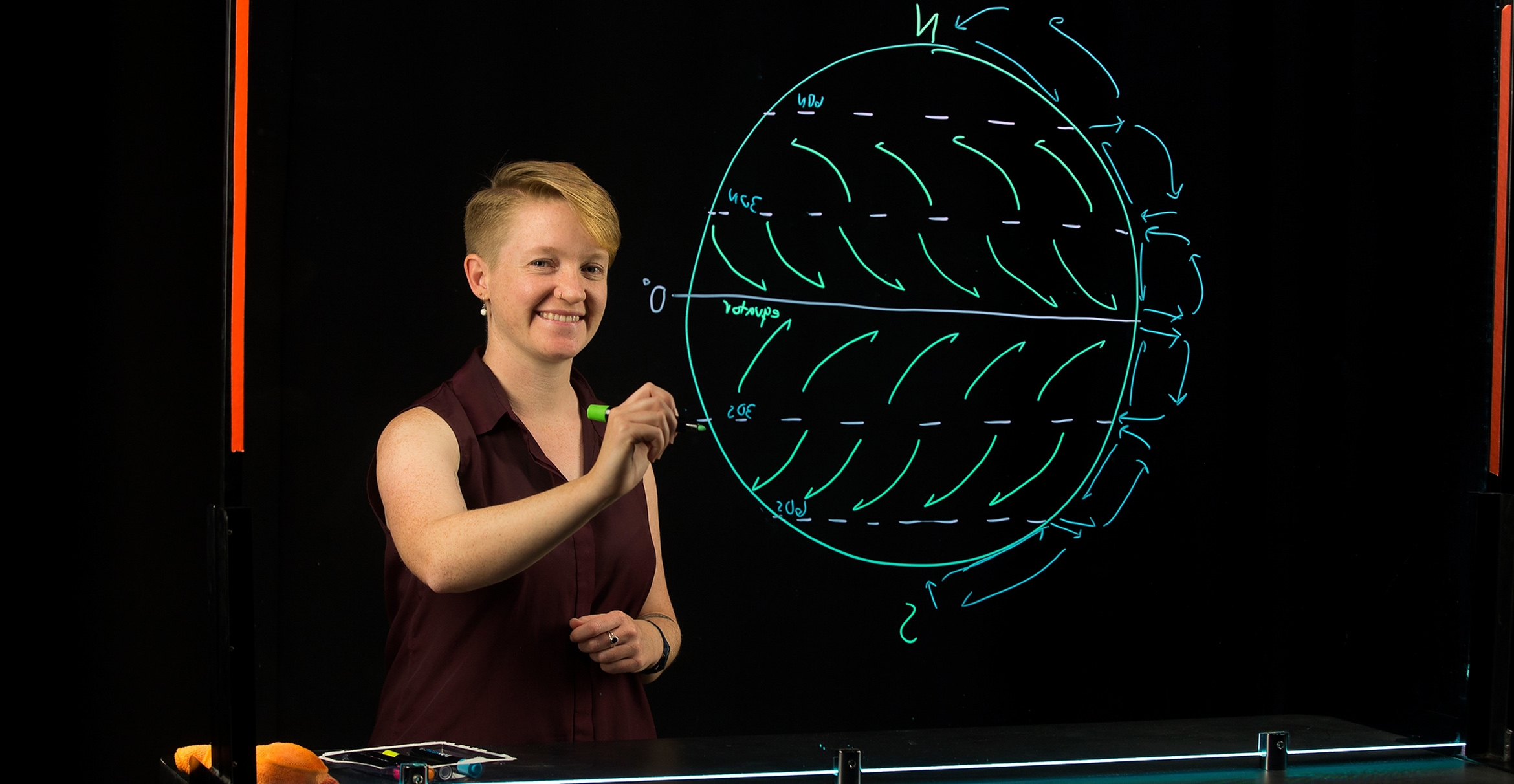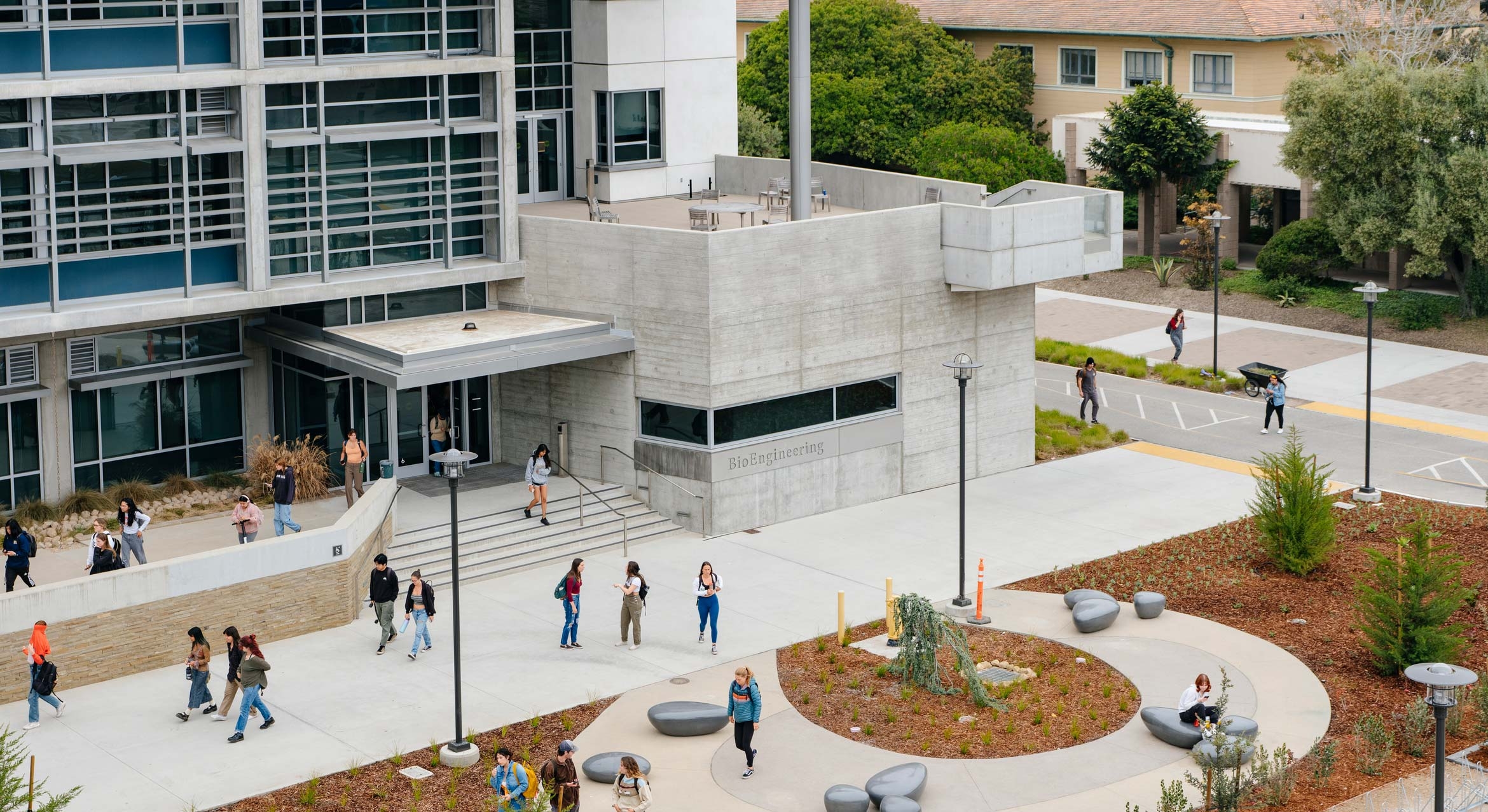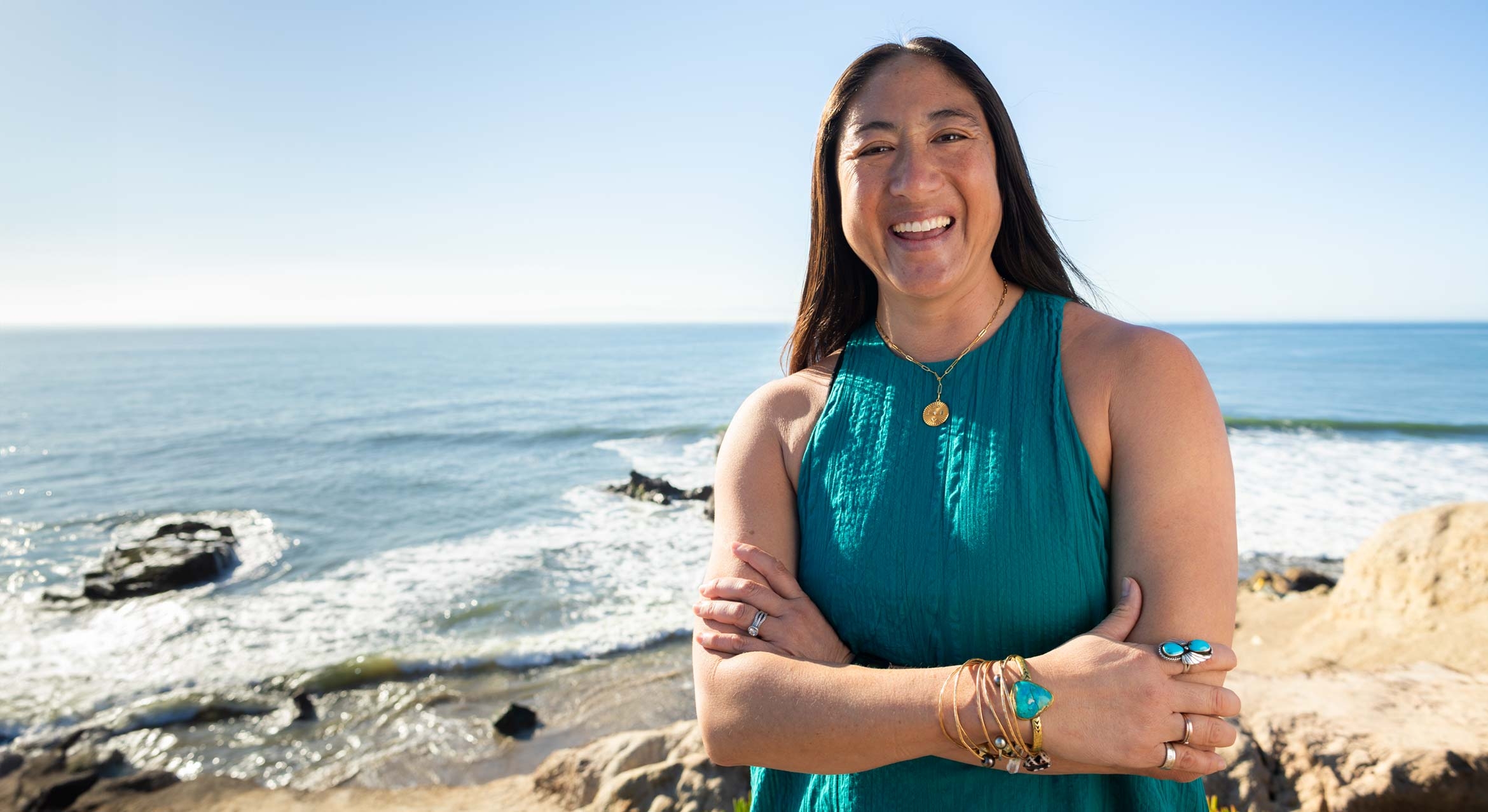
Now an assistant professor at Queen’s University in Ontario, Elisabeth Steel completed a special emphasis during her doctoral studies that gave her a super power on the job market. She learned to be a great teacher and research-based communicator.
Steel completed the Certificate in College and University Teaching (CCUT) while studying for her PhD in the Department of Geography at UC Santa Barbara, a program designed to train graduate students in teaching and how to demonstrate superior competence in the classroom, lectures and interviews.
“The CCUT is about ensuring that our students, who will be teaching one day if they go into academic careers, are prepared.” said science education professor Danielle Harlow, the program’s faculty advisory board co-chair. “And also that they are able to communicate their ideas to colleagues.”
In the Department of Education, where Harlow teaches, students are thinking a lot about teaching, she said, but this is not necessarily happening in other disciplines, where each department can set their own requirements for teacher training, if at all. The CCUT provides an opportunity to all graduate students to learn and practice research-based teaching methodology and pedagogy for higher education.
One of its kind in the UC system, the CCUT was started in 1999. Through the program, graduates can earn a formal certificate as an emphasis on their diplomas. Each year, roughly 15 graduate students complete the program; in all, around 250 students have received the certificate across two decades.
“At R1 (research) universities, professors are hired for their research prowess but a lot of instructors don’t have formal training in teaching; this program bridges that gap,” said Lisa Berry, co-chair of the CCUT faculty advisory board and senior instructional consultant in Instructional Development. “CCUT attracts students who genuinely want to improve their teaching and want to differentiate themselves from other graduates in this highly competitive job market.”
Program participants come from nearly every corner of the university, including STEM, the humanities and social sciences. Berry said she hears “over and over” from graduates that the program prepares them for the job market and that they feel as confident to talk about their teaching as they do their research.
The program’s requirements have remained largely the same since its inception. This year, however, CCUT’s faculty advisory board has implemented updates to meet today’s needs. Instead of asking students to write a 8–10 page paper about teaching with technology, students now can explore any promising, evidence-based pedagogical approach, and share their research via multimedia presentations. In the program, students also get support writing their teaching philosophy and a diversity statement, conventional requirements for teaching positions at colleges and universities.
As a result, students with the CCUT are graduating with a teaching portfolio that Berry called “job market ready.”
A UCSB physics graduate encapsulated the value of CCUT: “Interviewers were impressed that I had the determination and interest to pursue professional teaching training while attending a top research university.”
Debra Herrick
Associate Editorial Director
(805) 893-5446
debraherrick@ucsb.edu



